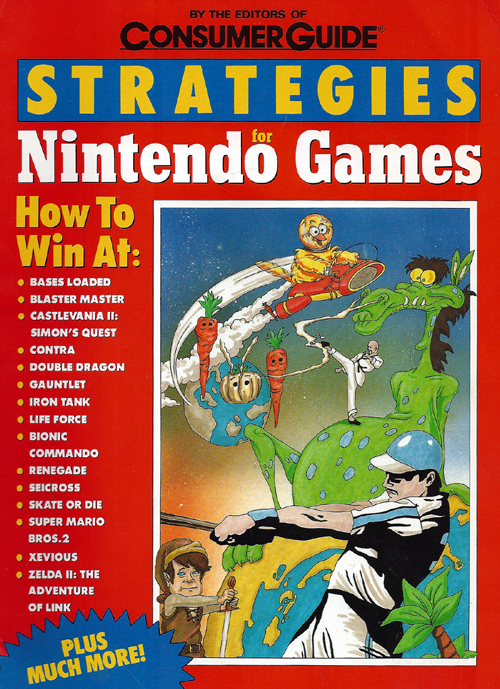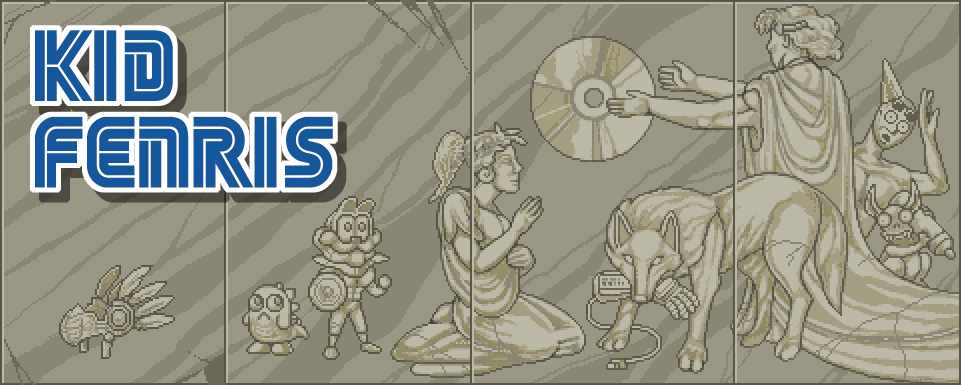Consumer Guide's Strategies for Nintendo Games was both an early entry and a minor player in all of this. It never drew in as many kids as Nintendo Power, GamePro, or any other magazines. Yet the Consumer Guide collections were technically books, and that gave them an advantage. Like Jeff Rovin’s How to Win at Nintendo Games volumes, these Consumer Guide tomes crept in where magazines couldn’t, showing up in school book clubs and dodging the disdain that parents and teachers might have for the likes of Nintendo Power. A few children even found these guides to be their first good look at the whole Nintendo craze.

The guides were also a good look at how artists could distort popular Nintendo games. The cover of the first Consumer Guide Strategies for Nintendo Games is an abstract collage of game imagery, pairing a baseball player from Bases Loaded with vegetables from Super Mario Bros. 2 and a dragon, two planets, and an astronaut bird from I Don’t Know What. And then there’s a dwarfish, possessed Link squatting in the corner.

The book is far more mundane in its descriptions of notable first-generation NES games. Each writeup covers the basics of a particular title, with a big red suggestion that ranges from helpful (“SHOOT THE WALLS” for Gauntlet) to the confusing (“PRACTICE” for Skate or Die). Each screenshot is accompanied by some sort of tip, and one can easily tell when the writers were weary of penning one bluntly obvious caption after another and just wanted to finish up the page and move on to writing about printers or the new Honda. That’s how the Contra section stumbled across some very interesting advice.

